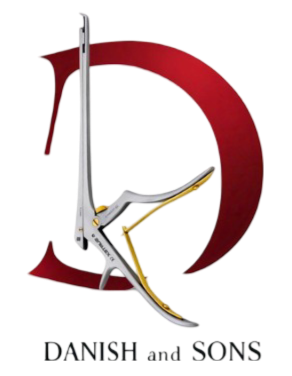Surgery is a meticulous discipline that requires not only skilled hands but also a wide array of specialized instruments. Understanding the types of instruments used can illuminate the complexity and precision involved in surgical procedures. Generally, surgical instruments can be classified into three main categories: cutting instruments, grasping instruments, and hemostatic instruments. Each category plays a vital role in ensuring the success of surgical operations.
1. Cutting Instruments
Cutting instruments are essential for incising tissues and organs during surgery. Their primary function is to facilitate access to the areas requiring intervention.
Scalpels
The most iconic cutting instrument, scalpels, feature a sharp blade fixed to a handle. They come in various sizes and designs, allowing surgeons to select the appropriate scalpel for specific tasks. For example, a #10 blade is commonly used for making large incisions, while a #15 blade is preferred for more delicate work. Scalpel blades can be disposable or reusable, depending on the procedure and the surgeon's preference.
Scissors
Surgical scissors are another critical category of cutting instruments. They are designed with specific features to accommodate various surgical needs. Metzenbaum scissors, known for their long handles and fine blades, are ideal for delicate dissections, while Mayo scissors are robust and suited for cutting through thicker tissues. Each type of scissor is engineered to provide optimal control and precision, reducing the risk of tissue damage.
Other Cutting Tools
In addition to scalpels and scissors, other cutting tools such as electrosurgical devices are commonly used. These instruments utilize high-frequency electrical currents to cut tissue and coagulate blood vessels simultaneously, offering a dual function that enhances efficiency in the operating room.
2. Grasping Instruments
Grasping instruments are designed to hold, pull, or manipulate tissues and organs during surgery. Their role is critical for achieving visibility and access to the surgical site.
Forceps
Forceps are the most common grasping tools used in surgical procedures. They come in various shapes and designs, each tailored for specific functions. Tissue forceps, often equipped with serrated edges, provide a secure grip on soft tissues. Conversely, hemostatic forceps, such as Mosquito or Kelly forceps, are specifically designed to clamp blood vessels and control bleeding during surgical operations. The versatility of forceps allows surgeons to stabilize tissues effectively while minimizing trauma.
Needle Holders
Suturing is an integral part of many surgical procedures, and needle holders are specialized instruments that facilitate this task. These instruments are designed to securely grip the needle while allowing the surgeon to maneuver it with precision. Many needle holders feature a ratchet mechanism that provides a stable grip, making suturing easier and more efficient.
3. Hemostatic Instruments
Hemostasis, or the control of bleeding, is a fundamental aspect of surgery. Hemostatic instruments are specifically designed to manage blood loss during procedures.
Clamps
Hemostatic clamps, such as hemostatic forceps, are used to occlude blood vessels temporarily. These clamps come in various sizes and shapes, allowing surgeons to apply the right amount of pressure to control bleeding effectively. Common types include Crile clamps, which can be used on larger vessels, and Mosquito clamps, suitable for smaller structures.
Electrocautery Devices
In addition to clamps, electrocautery devices are widely used to achieve hemostasis. These instruments apply electrical currents to coagulate tissue and seal blood vessels during surgery. Electrocautery enhances surgical efficiency by reducing blood loss and the time required to achieve hemostasis, allowing surgeons to focus on the procedure at hand.
Suction Devices
While not exclusively classified as hemostatic instruments, suction devices play a crucial role in maintaining a clear surgical field. They remove blood, fluids, and debris, allowing surgeons to visualize the area they are working on more clearly. Effective suctioning is essential for both safety and efficiency in the operating room.
Conclusion
The world of surgical instruments is diverse and complex, reflecting the intricacies of surgical procedures. The three main categories—cutting instruments, grasping instruments, and hemostatic instruments—each serve specific functions that contribute to the overall success of surgery. Understanding these categories enhances our appreciation of the skill and precision involved in surgical practices, highlighting the importance of these essential tools in modern medicine. Each instrument is meticulously designed to support surgeons in their quest for improved patient outcomes, making them invaluable assets in the operating room.

